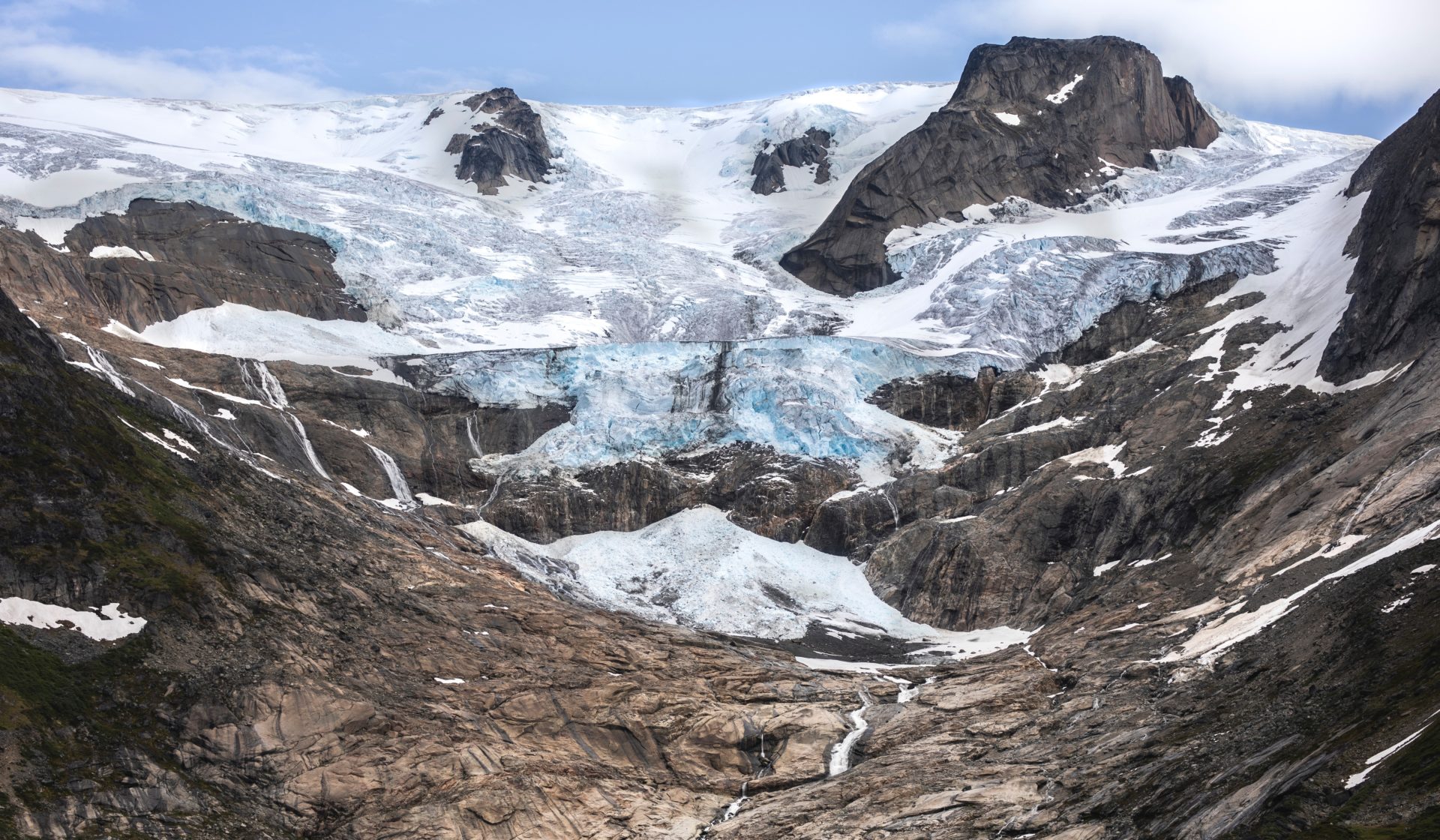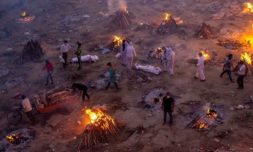Mining projects, for example, are being discussed as one of the biggest dangers to Indigenous communities and wildlife in Arctic Regions.
In 2013, lawmakers in Greenland reversed a national ban on mining radioactive materials such as uranium, an essential metal used in microchips, smartphones, and batteries.
The ice-covered island holds one of the world’s largest untapped uranium reserves, which is attracting mining interest from businesses in other powerful countries like China and Australia.
Earlier this month, The Inuit Ataqatigiit (Community of the People) party in Greenland became the most dominant seat holders in parliament after a snap election.
This changes things drastically, as IA are against new plans to increase mining activity on the basis that radioactive materials released by the project will destroy wildlife and harm the natural environment of neighbouring towns.
The elevated presence of Indigenous voices in government means it could be likely that the ban on exploiting radioactive minerals will be put back in place.
Similarly, on Baffin Island in Canada, mining companies are waiting approval on plans to expand iron ore exports from 3.5million to 12million tonnes per year.
In a watershed moment, local Inuit voiced their concerns about environmental effects of increased mining dust and noise which scares wildlife from the area. If this approval for this project isn’t gained, the mines may shut completely.
Marie Nagitarvik, a Land Guardians Supporter living in the northwest of Baffin Island said, “this is the first time hunters stood up for their rights. We have never heard anyone in Nunavut do a protest before because Inuit don’t usually stand up for themselves.”
Baffin’s Local Inuit aren’t against mining completely, but instead want to challenge companies to discover new, environmentally safe methods if they want to increase activity.
Their voices, heard by authorities and corporations has led to major debates about whether mining processes can ever be truly sustainable. Decisions on the mining expansion project are still underway.
In the southern hemisphere in Australia, over 100 First Nations people are requesting further inclusion in national discussions about climate change. They are working with local scientists to learn new methods for helping to sustain their neighbouring biodiversity.
Concerned about the disappearance of marine wildlife, they reached out to biologists who have taught them how to plant special seagrass, which grows and contributes to carbon sequestration – the absorption process where plants capture and store carbon dioxide.
Preserving the natural world is a core part of First Nations identity. Being part of these environmental projects has strengthened their existing relationship with their country and offers a sense of fulfilment.
There is still a lot we can learn about how nature is reacting to our modern habits from the small populations who inhabit in the most biodiverse places on the planet.
It’s encouraging to see this new relationship being fostered across various indigenous communities in areas of both climate policymaking and environmentalist action.




















